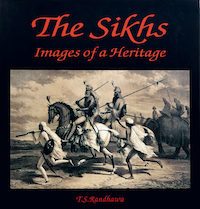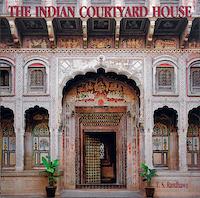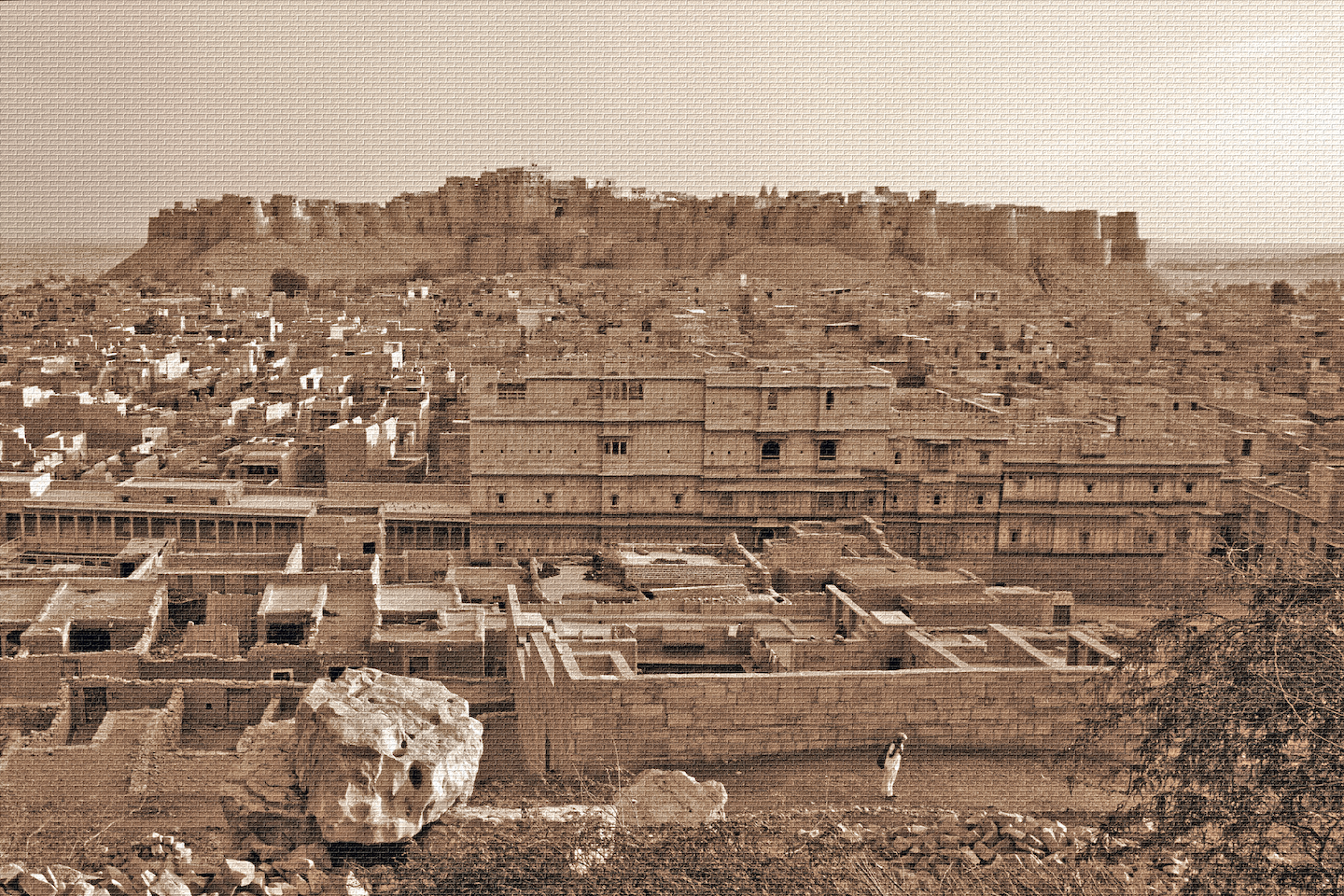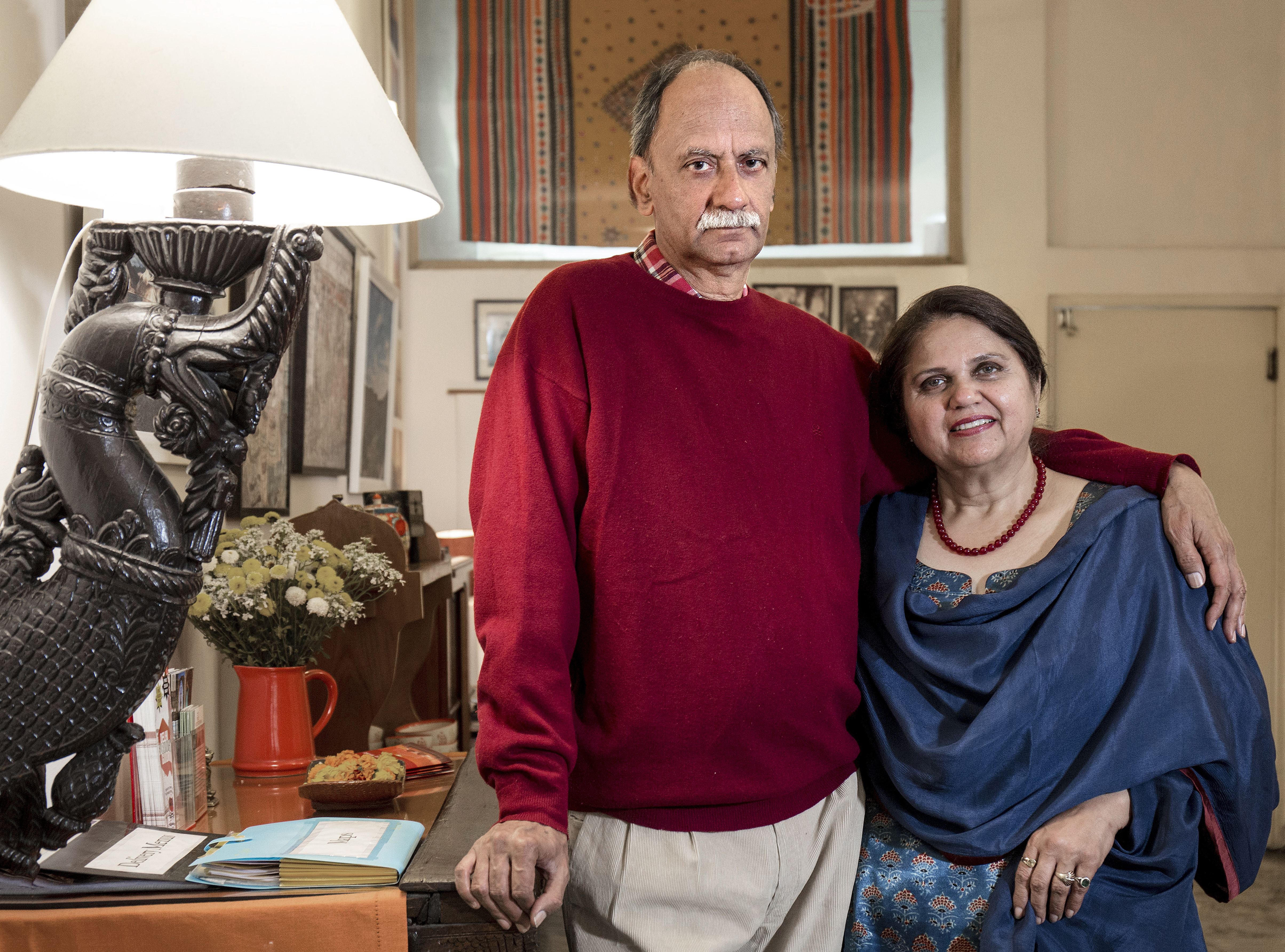Tejinder S. Randhawa (seen here with his wife, Neelu) has been passionately studying various dimensions of Indian culture and heritage for several decades and has written acclaimed lavishly illustrated books on subjects like courtyard houses (The Indian Courtyard House), nomadic tribes (The Last Wanderers), Sikh arts (Images of a Heritage), Kachchh (The Last Frontier) and on Indian silk (A Critical Study of the Indian Silk Sector).
Apart from the present book, the future titles in his Visual Compendium of Indian Heritage Series are Structural Elements and Spaces in Indian Architecture; The Visual Art History of the Female Form, Eroticism and Fashion in India; Tropical and Himalayan Flowering Trees of India, South and South-East Asia; Strands of Heritage – Silk Textiles of India, 19th Century Onwards; and Textiles and Ornamentation in Indian Mural Traditions, including Ajanta caves. He has published papers on the use of appropriate technology in water conservation and given talks on Indian traditional residential architecture and textiles.
Other Books in the Heritage Series by T. S. Randhawa




A graduate of the Indian Institute of Technology, Kanpur (IIT-K), he was formerly in the Indian Administrative Service (IAS) where his positions exposed him to a multitude of cultural and social issues, including tradition-modernity conflicts. One posting of his was directly related to the revival of crafts and weaves of Gujarat. He is a firm believer in the essential role of appropriate technology in India and the need for the revival of congruous traditional skills. Currently he is an advisor to the Indian National Trust for Art and Cultural Heritage (INTACH)), at New Delhi.
The Author Acknowledges…
I am indebted to all the house owners and residents who allowed me inside their abodes and permitted me to take and publish the photographs. This is all the more relevant as some photographs included in this work were taken many years ago and, sadly, a good number of the houses illustrated are no longer in existence. Had it not been for their generosity many buildings and their construction techniques would have gone unrecorded for posterity.
My amazement never ceases at the wonderful skills and hard work of the many anonymous artisans who built these structures. The labour of love that has gone into the detail of some of the buildings is incredible. I hope this book will help in remembering and promoting their architecture and construction methods, to whatever extent possible.

